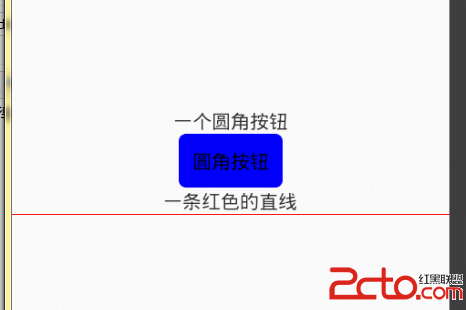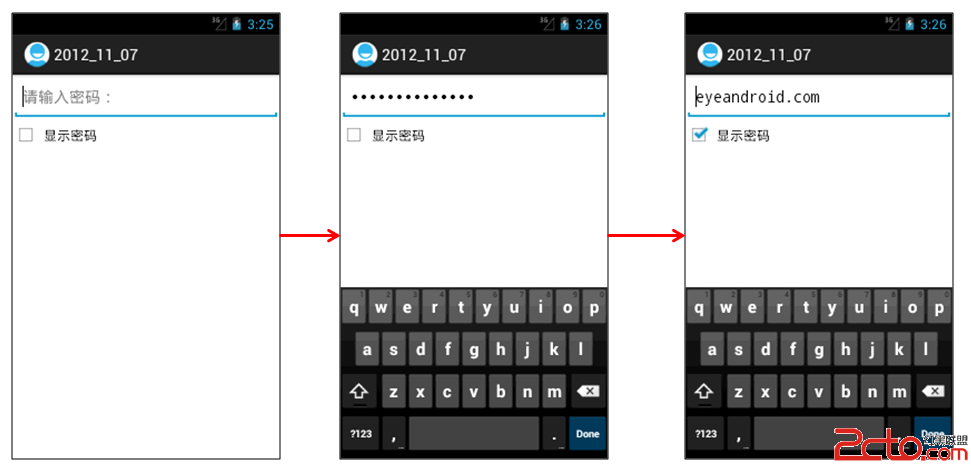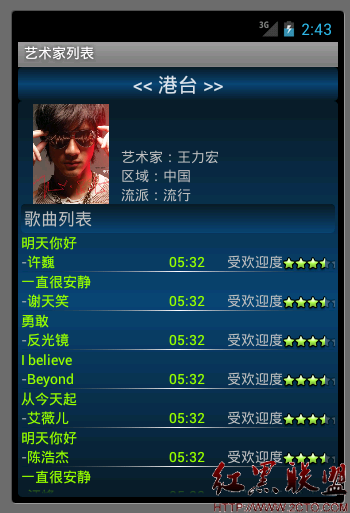Android中的主题Theme
系统自带的Theme:
--------------------------------------------------------------------------------
android以及为我们定义好了一些theme,需要是我们直接可以拿来使用。
常用的Theme通常如下:
android:theme="@android:style/Theme.Dialog"将一个activity显示为对话框模式
android:theme="@android:style/Theme.NoTitleBar"不显示应用程序标题栏
android:theme="@android:style/Theme.NoTitleBar.Fullscreen"不显示应用程序标题栏,并全屏
android:theme="@android:style/Theme.light"背景为白色
android:theme="@android:style/Theme.light.NoTitleBar" 白色背景,无标题栏
android:theme="@android:style/Theme.light.NoTitleBar.Fullscreen" 白色背景,无标题栏,全屏
android:theme="@android:style/Theme.Black"背景为黑色
android:theme="@android:style/Theme.Black.NoTitleBar" 黑色背景,无标题栏
android:theme="@android:style/Theme.Black.NoTitleBar.Fullscreen" 黑色背景,无标题栏,全屏
android:theme="@android:style/Theme.Wall易做图"用系统桌面为应用程序背景
android:theme="@android:style/Theme.Wall易做图.NoTitleBar" 用系统桌面为应用程序背景
,无标题栏
android:theme="@android:style/Theme.Wall易做图.NoTitleBar.Fullscreen" 用系统桌面为应用程序背景
,无标题栏,全屏
--------------------------------------------------------------------------------
定义自己的Theme:
--------------------------------------------------------------------------------
Theme的写法和style很相似,也为:
<style name="MyTheme"[parent="PARENT"]>
<item name="[ATTR]">[VALUE]</>
</style>
Theme的属性在Android的文档中并没有介绍,不过我们可以从系统自带的theme中对其进行了解:
一下是我们从android系统本身所带的theme.xml中提取出来的一些常用的属性:
<item name="windowBackground">@android:drawable/screen_background_dark</item>
<item name="windowFrame">@null</item>
<item name="windowNoTitle">false</item>
<item name="windowFullscreen">false</item>
<item name="windowFloating">false</item>
<item name="windowBackground">@android:drawable/screen_background_dark</item>
补充:移动开发 , Android ,




